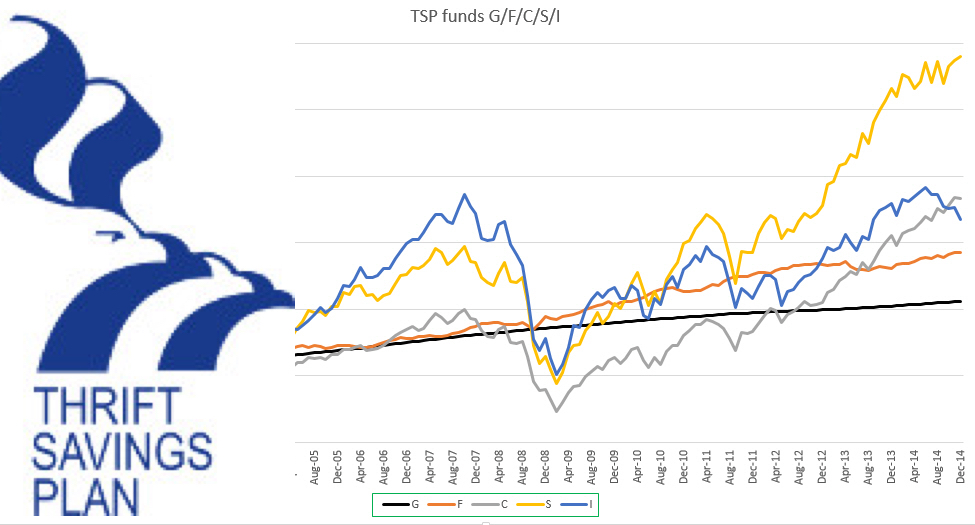Low Expenses Make The TSP a Great Investment

Compared to a lot of employer-based retirement funds, low expenses are one of the Thrift Savings Plan’s best attributes.
4.1 basis points was the ratio of expenses in 2018 (which translates to .41 cents in expenses for every 1000 dollars put into the fund) which is the lowest, by far, of any plan. So low a lot of people are skeptical of it. Personal and employee based investments like annuities or IRAs are not even close, even considering the nearly double of the TSP expense ratio since 2015, when it was only 2.9 basis points.
It should go without saying, the lower the expenses, the more money you have in-pocket to reinvest in other things and to collect interest on the account you do have.
You may be asking, why are these costs so low? How is this possible?
There are several reasons for this.
The main reason is that there is no overhead like a regular retirement plan available to the public at large, wherein the financial institution offering the plan is looking to acquire clientele. Advertising, and operating in general, costs a lot of money, and while more significant funds are constantly looking to take on more investors, the TSP does not have to put money into such concerns, as it is available only to federal employees by default.
Another reason is based on how the TSP operates as a broad-based index fund. These types of investments do not have very high expenses when it comes to trading. Securities exchanging, as you’d find in private retirement plans, will typically charge much more to process.
There is also the matter of how the TSP can diffuse their expenses due to employee forfeitures. Anyone leaving their federal jobs before three years has to give up 1 percent automatic contribution that was being put into their retirement fund when they started working. That means the only people collecting on the fund are the ones who put into it. Couple that with the 50 dollars fees that are applied when TSP loans are processed, and you have a quick, low impact way to reduce expenses.
The staff is also a factor, as the TSP is run by a smaller number of people than some of the larger companies that deal with retirement funds and investments.
With these low overhead costs, the money comes back to the investor. With the BRS and FERS, you get a match back on a certain percentage of your contributions: firstly, the 1 percent automatic contribution, and secondly, the match back on up to 5 percent of your base pay provided by the government. Consider how generous this is with the knowledge that there are no match back plans for about 20 percent of private retirement fund companies, with 3 percent being the industry standard.





